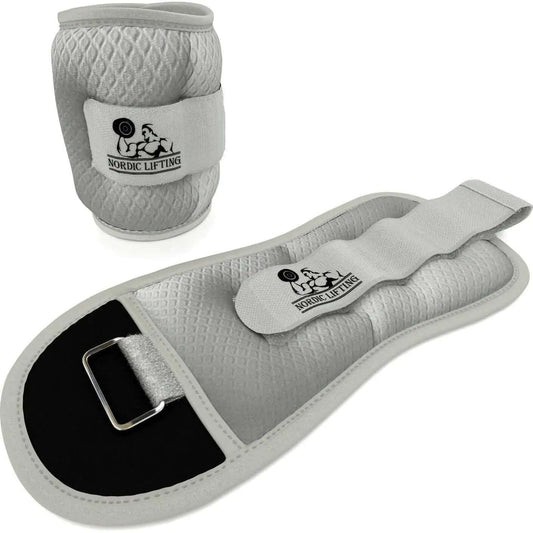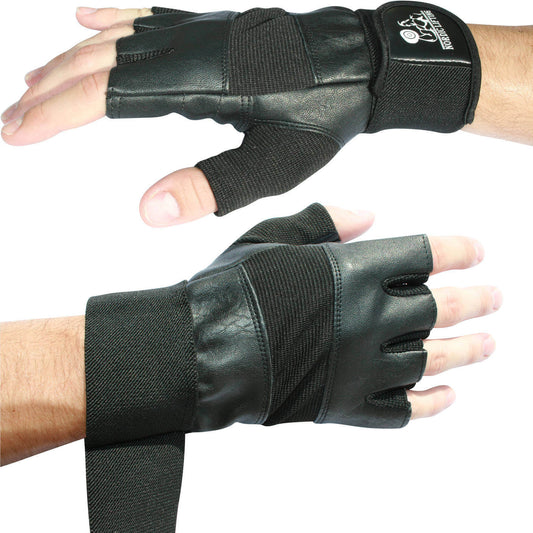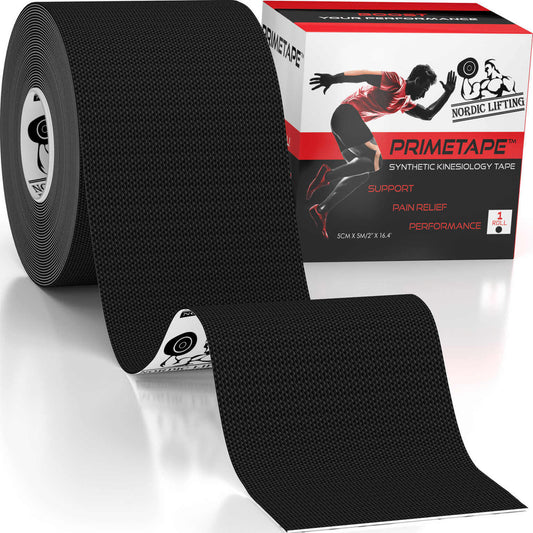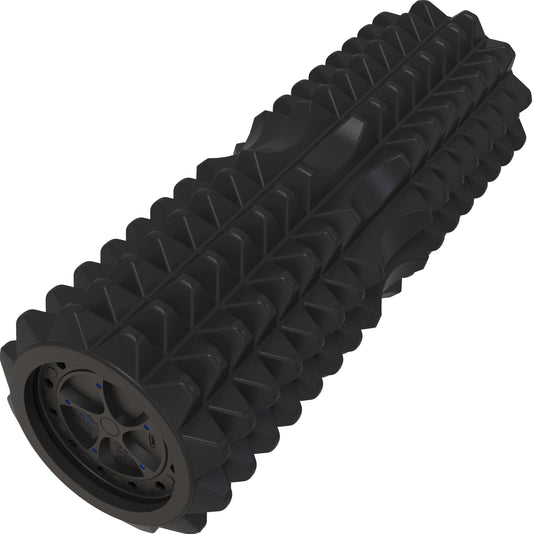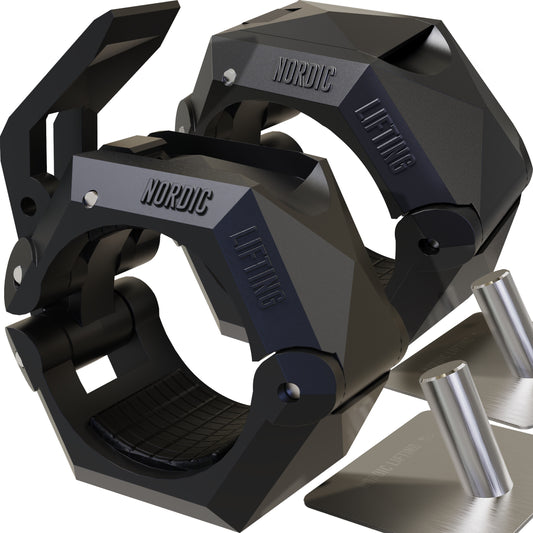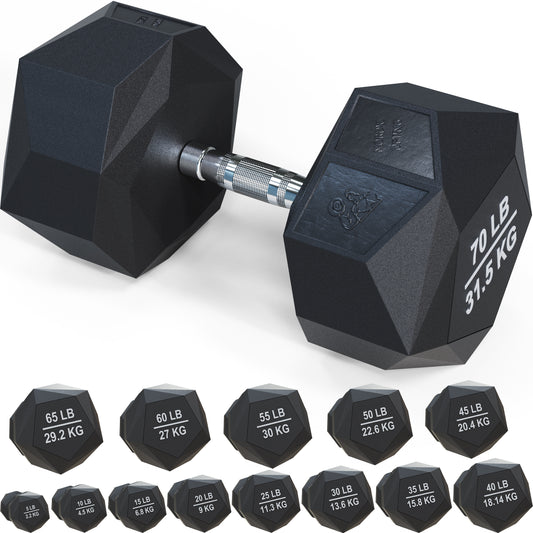Last Updated: February 6, 2025
Good posture is essential for overall health and can influence how someone feels and performs daily activities.
Core exercises that target the muscles around the abdomen and back can significantly improve posture and reduce discomfort.
By incorporating these exercises into a regular routine, individuals can create a stronger foundation for their bodies and enhance their posture.
Various core strengthening exercises are simple to learn and can be done at home or in the gym. Regular practice helps build stability and body awareness, making it easier to maintain good posture throughout the day.
Engaging in these activities not only supports the spine but also improves balance and reduces the risk of injury during other physical activities.
Individuals seeking to elevate their posture should focus on core exercises designed specifically for stability and strength. By developing a stronger core, they can enjoy better posture, increased confidence, and an overall enhanced quality of life.
Key Takeaways
- Core exercises are vital for improving posture and reducing discomfort.
- A strong core supports better body alignment and balance.
- Consistent practice leads to healthier posture habits in daily activities.
Understanding Posture and Core Fundamentals
Good posture is essential for everyday movement and health. It helps in maintaining proper spinal alignment while supporting the core.
The core muscles play a critical role in stability and balance, influencing posture significantly.
The Importance of Good Posture
Good posture allows the spine to maintain its natural curves. This position minimizes strain on the spine and surrounding muscles.
When standing or sitting up straight, the body can distribute weight evenly. This reduces the risk of injury and discomfort.
In contrast, slouching compresses the discs in the spine. This can lead to back pain and even neck pain over time.
Good posture also improves breathing and digestion. When the torso is aligned properly, it creates more space for organs. This enhances overall health and well-being.
Anatomy of the Core
The core consists of several muscle groups, including the rectus abdominis, transverse abdominis, and obliques. These muscles work together to stabilize the pelvis and spine. The erector spinae also supports the spine, playing a crucial role in maintaining upright posture.
Hip flexors and abdominal muscles are vital for balance and movement. When these muscles are strong, they help prevent muscle imbalances.
Weak core muscles can lead to poor posture and risk of strain in the back and neck. Engaging these muscles during daily activities can greatly enhance stability.
Consequences of Poor Posture
Poor posture results in various health issues. It can cause chronic back pain, neck pain, and even headaches.
When the spine is misaligned, it places extra pressure on muscle groups and joints, leading to discomfort.
Additionally, slouching can lead to muscle imbalances. Certain muscles become tight while others weaken. This imbalance may affect mobility and strength in everyday activities.
Long-term poor posture can also limit lung capacity, affecting breathing efficiency.
Essential Core Strengthening Exercises
Core strengthening exercises play a crucial role in improving posture and overall stability. A strong core supports the spine, enhances mobility, and can help prevent lower back pain.
The following exercises focus on foundational movements, dynamic strength, and stability.
Foundational Core Exercises
Foundational exercises are vital for building core strength. They engage multiple muscle groups, including the rectus abdominis and obliques.
-
Plank: This classic exercise strengthens the entire core and promotes stability. Hold a plank position while keeping the body in a straight line from head to heels.
-
Side Plank: Targets the obliques and helps improve lateral stability. Hold the position on one side, ensuring the body is aligned straight.
-
Glute Bridge: This exercise works the glutes and hamstrings while activating the core. Lying on the back with knees bent, lift the hips toward the ceiling.
These exercises form the basis of a strong core and prepare the body for more complex movements.
Dynamic Core Strengthening
Dynamic exercises challenge the core through movement and coordination. They improve mobility and strength in various planes.
-
Bird Dog: This exercise involves extending one arm and the opposite leg while on all fours. It enhances stability and coordination.
-
Russian Twist: This movement works the obliques and promotes rotational strength. Sit with knees bent, lean back slightly, and twist the torso side to side.
-
Dead Bug: This exercise engages the entire core while maintaining lower back stability. Lying on the back, alternate extending the opposite arm and leg.
Incorporating these dynamic moves into workouts ensures the core is engaged through functional movements.
Exercises for Stability and Balance
Exercises that focus on stability and balance help integrate core strength into daily activities. They enhance the ability to maintain posture during movement.
-
Single-Leg Glute Bridge: This variation challenges balance while strengthening the glutes and core. Raise one leg while lifting the hips.
-
Plank with Shoulder Taps: In the plank position, tap each shoulder with the opposite hand while keeping the body stable.
-
Side Plank with Leg Lift: Adds resistance to the side plank, increasing core engagement and hip strength.
These exercises reinforce the connection between core strength and overall stability, enhancing posture and reducing the risk of injury.
Incorporating Posture Improving Activities
Engaging in specific practices can significantly enhance posture. Activities like yoga and Pilates focus on flexibility and core strength, while daily habits help maintain good alignment.
Yoga for Postural Alignment
Yoga provides a range of postures that improve flexibility and strengthen key muscles. Poses such as "Cobra" help stretch the lower back and open the chest, promoting a neutral spine.
The "Plank" pose is essential for activating core stabilizers. It engages various postural muscles such as the serratus anterior, which supports shoulder position.
Regular yoga practice also aids in correcting conditions like scoliosis. It helps develop awareness of body alignment, which is crucial for better posture in daily activities.
Incorporating a few sessions a week can lead to noticeable improvements.
Pilates and Core Activation
Pilates is excellent for core activation, focusing on the muscles that support proper alignment. Movements like the "Bird-Dog" and "Scapular Push-Up" target the core, lower back, and shoulders.
The "Quadruped Chin Tuck" helps in stabilizing the neck and promoting spinal alignment. This exercise engages the deep abdominal muscles essential for good posture.
Flexibility is also a focus in Pilates. Stretches like the "Leg Crossover" help improve hip mobility. This flexibility supports better posture by allowing the body to move freely without tension.
Regular Pilates sessions can build the muscle strength needed for long-term postural support.
Daily Habits for Sustaining Good Posture
Establishing daily habits plays a crucial role in maintaining good posture. It starts with being aware of posture during everyday activities.
Sitting with a straight back and keeping feet flat on the floor helps.
Incorporating stretches throughout the day, such as the "Prone IYTWO Series," can relieve tension in postural muscles. Small breaks to stretch can enhance flexibility and circulation.
Using ergonomic furniture can also aid in sustaining posture. Adjusting chairs and workstations ensures proper alignment while seated.
Simple actions, like keeping the screen at eye level, can prevent slouching and contribute to better posture over time.
Preventive Strategies and Rehabilitation for Injuries
Maintaining proper posture is crucial to avoid injuries and enhance recovery. The subsequent points will focus on essential strategies, including correct form, effective rehabilitative exercises, and foundational strength building.
Avoiding Common Injuries with Proper Form
Using the correct form during exercises is vital to prevent injuries. Poor alignment can lead to issues like lower back pain and rounded shoulders.
Key tips for proper form include:
- Pelvic tilt: Keeping a neutral pelvic position helps stabilize the spine.
- Shoulder alignment: Keeping shoulders back and engaged reduces strain on the shoulder muscles.
- Neck position: Ensuring a neutral neck position protects the deep neck stabilizers.
Awareness and practice of these techniques can significantly reduce injury risks, particularly for those prone to conditions like scoliosis or ankle pain.
Rehabilitative Exercises for Recovery
Injured individuals benefit greatly from targeted rehabilitative exercises. These exercises aim to strengthen the muscles around the injury site, promote healing, and restore functionality.
Examples of effective exercises include:
- Forearm Plank: This targets the core and supports spinal alignment.
- Bridges: They strengthen the lower back and glutes, promoting better posture.
Engaging in these movements can assist with recovery from injuries, including plantar fasciitis and chronic lower back pain. They encourage gentle movement and building strength without overwhelming the body.
Building a Strong Foundation to Prevent Injury
Focusing on core strength is essential for injury prevention. A strong core supports the spine and contributes to better posture.
Essential exercises that build this foundation include:
- Planks: They enhance core stability and strength.
- Side-lying leg lifts: These improve hip stability and balance.
A robust core helps distribute stress evenly across the body, reducing the likelihood of injuries such as back pain or ankle strains. Regular practice of these exercises fosters alignment and prepares the body for daily movements.
Frequently Asked Questions
This section answers common questions about core exercises and their role in improving posture. It covers effective exercises, techniques for correcting posture, and the significance of a strong core.
What are the most effective core exercises for improving posture at home?
Some effective core exercises include planks, bridges, and bird-dogs. These exercises engage the abdominal muscles and promote stability, which is essential for good posture. Incorporating these into a routine can enhance both strength and alignment.
How can one permanently correct poor posture?
To correct poor posture, one must establish a consistent exercise routine that targets core strength and flexibility.
Additionally, practicing mindfulness about body alignment during daily activities helps reinforce healthy posture habits. Regular stretches and strengthening exercises can lead to lasting improvements.
What are the best core-strengthening exercises for beginners focusing on posture?
Beginners can start with exercises like the pelvic tilt, modified plank, and dead bug. These exercises are accessible and focus on engaging the core without requiring advanced techniques. They provide a solid foundation for improving posture over time.
Can engaging in core workouts correct years of bad posture?
Engaging in core workouts can significantly improve posture over time, even for those with years of bad habits. Consistent practice helps strengthen the muscles that support the spine.
It is important to combine these workouts with awareness of body mechanics to achieve the best results.
Are there specific exercises to target upper back strength for better posture?
Yes, exercises like rows, reverse flys, and thoracic extensions specifically target upper back strength. Strengthening the upper back can help counteract the effects of slouching, leading to better posture. Incorporating these exercises into a routine is beneficial.
Does a weak core contribute to poor posture, and how can it be strengthened?
A weak core can greatly contribute to poor posture by failing to provide proper support to the spine.
Strengthening the core through exercises like sit-ups, planks, and side leg raises can improve stability and alignment. This, in turn, supports better posture over time.





